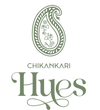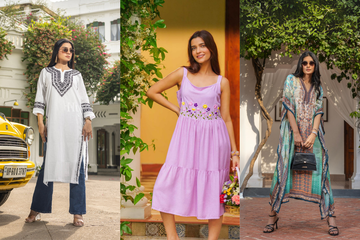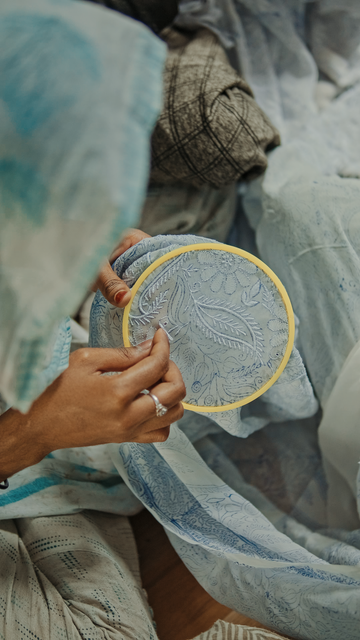Introduction
Chikankari, the elegant and intricate embroidery from Lucknow, is a timeless craft that has captured the hearts of fashion enthusiasts worldwide. However, with its increasing popularity, the market is flooded with machine-made and low-quality imitations. Here's how you can identify authentic Chikankari and ensure you're investing in a genuine piece of this beautiful art.
Understanding Chikankari
Chikankari is a traditional embroidery style that involves delicate and detailed hand stitching on fabrics like cotton, silk, chiffon, and georgette. The authenticity of Chikankari lies in the craftsmanship, where each piece is painstakingly embroidered by skilled artisans.
1. Inspect the Stitches
Hand vs. Machine Embroidery: Authentic Chikankari is done by hand. Look closely at the stitches; hand-embroidered pieces will have slight irregularities and variations, whereas machine embroidery will be too perfect and uniform.
Types of Stitches: Familiarize yourself with common Chikankari stitches such as:
- Tepchi: A long running stitch used to create outlines.
- Bakhiya: Also known as shadow work, with embroidery done on the reverse side of the fabric.
- Phanda and Murri: Small knots and millet-shaped stitches that add texture.
- Jaalis: Net-like patterns created with fine threadwork.
2. Check the Fabric
Authentic Chikankari is typically done on lightweight and breathable fabrics. Common materials include:
- Cotton: Ideal for everyday wear due to its comfort and breathability.
- Silk and Chiffon: Used for more formal occasions, adding a touch of elegance.
- Georgette: Popular for its lightweight and slightly sheer quality.
Machine-made Chikankari may use lower-quality fabrics that do not drape or breathe as well as traditional materials.
3. Examine the Pattern
Original Chikankari patterns are intricate and detailed. The design often includes floral motifs, paisleys, and other traditional patterns. These designs are usually consistent with the heritage and cultural motifs of Lucknow.
Symmetry and Consistency: While hand-embroidered patterns can have slight variations, the overall design should be consistent and symmetrical. Machine-made patterns may appear overly perfect or repetitive.
4. Feel the Embroidery
Run your fingers over the embroidery. Authentic Chikankari will have a slight texture and raised feel due to the hand-stitched work. Machine embroidery tends to be flatter and smoother.
5. Look for Authenticity Marks
Some reputable Chikankari brands and artisans include authenticity marks or certificates with their products. This can be a good indicator of genuine craftsmanship.
6. Source from Reputable Sellers
Purchasing from trusted sources is crucial. Consider the following:
- Artisan Cooperatives: Organizations that work directly with artisans ensure fair trade and authentic products.
- Reputed Brands: Established brands with a commitment to preserving traditional crafts.
- Craft Fairs and Exhibitions: These often feature genuine handcrafted items directly from the artisans.
7. Price Point
While price alone isn't a definitive indicator, extremely low prices can be a red flag for imitation products. Authentic Chikankari, given the time and skill required, tends to be priced higher than machine-made versions.
Conclusion
Finding authentic Chikankari involves a keen eye for detail and knowledge of the craft's traditional elements.





